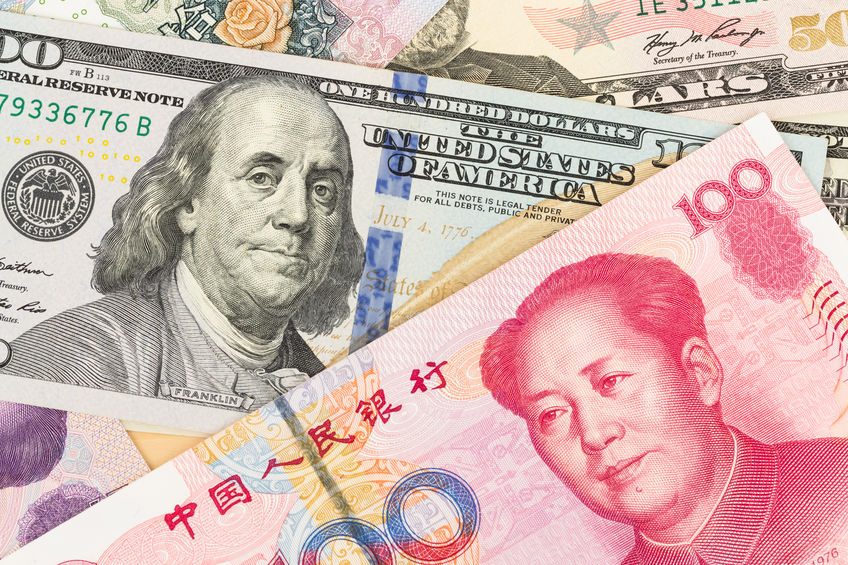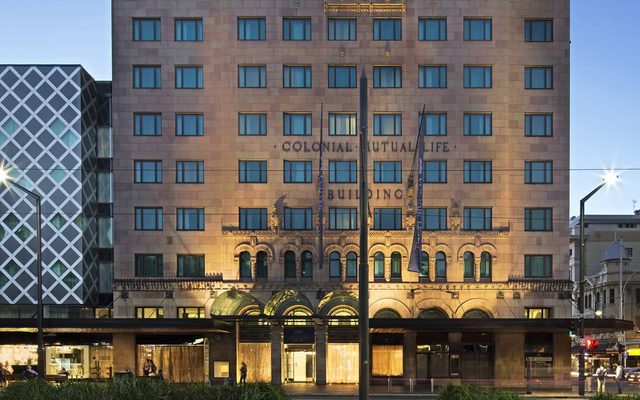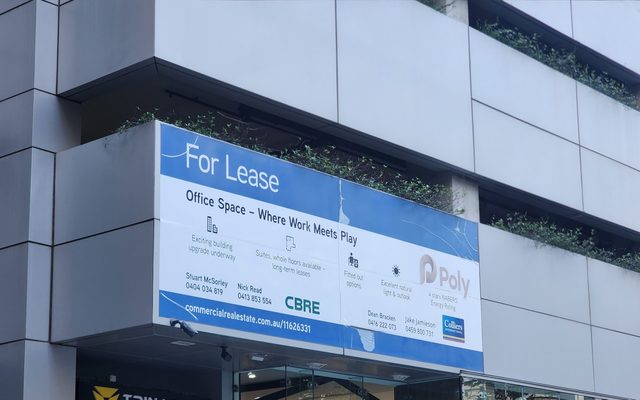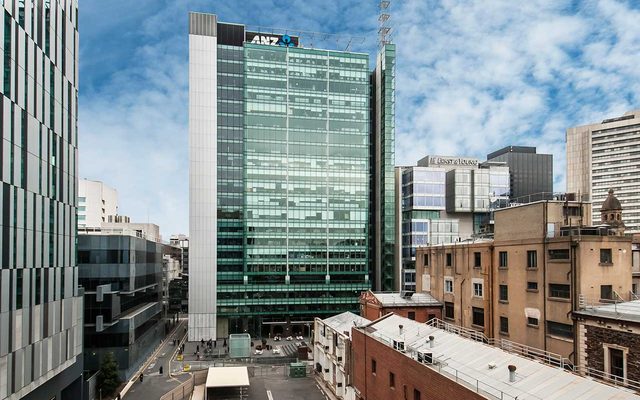This article is from the Australian Property Journal archive
FOREIGN investment into Australia’s office, retail and industrial markets surged in the first half of the year, and offshore interest are likely to remain key players in transactions throughout the rest of 2024, according to JLL, while more office towers are likely to change hands as valuations roll in and the bid-ask gap narrows.
Investment into Australia’s office, retail and industrial markets topped $7 billion in the June quarter, preliminary figures from JLL show.
A jump in sales in the second quarter partly reflected the ongoing appetite for industrial assets, more price discovery, and updated valuations in the office sector that generally assisted with closing the bid-ask gap.
JLL’s head of capital markets – Australia and New Zealand, Luke Billiau told Australian Property Journal “the scene is set for an increase in office transactions towards the back end of this year”.
“One of the main drivers is that the calibration that is happening with respect to valuations and the valuation cycle, which should in theory close the bid-ask gap we’ve seen in the office sector, particularly in the last 12 to 18 months.
“I think that’s the catalyst for what should be increased volumes in the back end of this year,”
At one stage during the recent drawn-out freeze in transactions, MSCI Real Assets estimated that buyers and sellers of office buildings needed to make up a 30% gap on price expectations for the market to return to “normal” liquidity.
Office sales increased from a low base quarter-on-quarter as large institutional sales started to filter through, typically at notable discounts to peak and prior book values. Cbus Property is spending $310 million to acquire a 50% share of 5 Martin Place in the Sydney CBD, as reported by Australian Property Journal, which had previously shown a valuation of $405 million two years ago, while Mirvac has just divested the 40 Miller Street, North Sydney office building to Barings for $140 million, and 367 Collins Street for $345 million, with both deals struck at a 20% discount to peak book values.
Meanwhile, Quintessential bought 240 Queen Street in Brisbane at a 17% discount to peak valuation, and Dexus offloaded a Parramatta building at 60% below its peak valuation.
“We’re encouraged by the activity in the first half and that it reflects the start of a rebound in capital markets activity,” Billiau said.
Given the typical skew towards the second half of the full year calendar of around 60%, JLL estimates around $28 billion of total sales volumes in 2024, which would be up notably from $19.4 billion in 2023, and close to the long-term average of around $31 billion.
Combined investment in the three key sectors was 60% higher than the March quarter and double that of the June quarter in 2023. This result was driven by strong investment in the office ($2.7 billion) and industrial sectors ($3 billion), which accounted for a combined 80% of the quarterly total.
All sectors to a degree are being influenced by changes in cost of capital. Billiau said industrial assets had continued to trade on the back of strong market fundamentals and that strength would continue.
Retail volumes have been strong for some time, well supported by the syndicator market,. The availability of product could impact that sales volumes in the second half, rather than a lack of desire from investors, Billiau said.
Offshore investors big down under
Offshore buyers took the largest share of Australian commercial property market sales in the quarter, taking their first half tally to $2.8 billion – compared to the $3.2 billion spent across the entirety of 2023.
“The fundamentals of the market screen really well for all the reasons we know – economic performance, infrastructure, and migration – and that’s being recognised by a lot of offshore capital in particular,” Billiau said.
“The Australia market in particular is one that’s tightly held, it has been for a long period of time, so when the opportunity does arise with that in mind, foreign investors will show interest.
“What we’re seeing will continue for the balance of the year.”
JLL research estimates that foreign investors have accounted for 24% of total investment sales to date in 2024, up from a low of 16% in 2023 but still below the 10-year average of 32%.
Offshore investors took a $2.2 billion plunge into Australia’s commercial real estate sector in the June quarter. Mitsui Fudosan acquired a two-thirds stake in Mirvac’s 55 Pitt Street office development for $1.3 billion, US-based Barings took 40 Miller Street, as well as a share in an industrial portfolio from Goodman Group for $780 million in partnership with REST.
The first quarter saw Keppel REIT take a 50% stake in 255 George Street for $363.8 million.
Private capital was also a major contributor to deal volumes over the first half, totalling $2.25 billion, followed by superannuation funds at $1.96 billion.
Billiau said commercial property sales in the first half were driven by Australian listed and unlisted funds divesting assets.




